We can all empathize with David Pogue's frustration in a recent blog post, after he discovered that some DVDs that he had burned less than four years ago were no longer readable, at least on some of his systems.
And it's not just old discs -- I have a similar issue with a particular set-top player that just refuses to recognize DVDs burned with some combinations of software and discs. Irritating!
Yes, the CD and DVD formats are well-established standards, and should "just work." But as commodity products under heavy price pressure, discs, burners, players -- and software -- all have little tolerance for problems.
While each individual product may be within its technical specs, if some of the parameters for each device slip from well-in-spec to just-barely, then the combination of a particular disc, burned on a particular drive, and with particular software, then may no longer be playable on a particular player. Crud!
So what can you do?
If you're burning discs to give to others, it's a good idea to first burn some test discs to make sure they work well on all the intended players.
Similarly, professional videographers build up long experience with getting discs to play well on a wide assortment of customer systems. When they find a particular combination of equipment that works, they stick with it, even to the extent of ordering large quantities of a particular brand of disc that works well for them.
And what burning archival discs? -- Can you rely on them lasting for more than a few years?
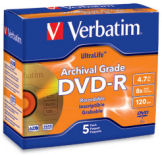 The core problem, of course, is that there's no margin in the industry to sell battle-hardened discs to the mass market.
The core problem, of course, is that there's no margin in the industry to sell battle-hardened discs to the mass market.
But if you're willing to pay a (significant) premium, then products like the Verbatim UltraLife Gold Archival Grade CD-R / DVD-R media offer better compatibility and longevity.
How much more? The industry is reluctant to make exact promises, since there are so many variables in how the disc is burned and then stored. Roughly, most reputable brand name standard optical storage media has a minimum data life in excess of 50 years and archival media has a minimum data life in excess of 100 years. These lifetime numbers are based on accelerated life testing (i.e., in temperature and humidity chambers).
The Verbatim UltraLife Gold Archival media has a dual reflective layers, with a highly reflective silver layer for broad read/write compatibility and an outer gold layer to protect data from corrosion. The DVD media also has a hard coating on the recording surface to protect from scratches or abrasion.
The UltraLife Gold Archival line includes both CD-R and DVD-R discs, available in a 5 pack jewel case or 50-pack spindle. The DVD-R 4.7 GB / 8X 5-pack is $15 list, around $9 street. The CD-R 700 MB / 52X 5-pack is $16 list, around $8 street.
The idea is that you can store content based on the personal value of the data to you. Burn to less expensive discs for quick sharing, do some testing with better discs when you're spending more time on a production, and consider archival grade media for long-term archiving.
Of course, by the time our 100-year discs reach the end of their lifetime, the whole idea of optical media will be a faint memory of an obsolete format.
But until then, you still can successfully use DVDs and CDs to share video productions and store plain old data. Just pay attention to your equipment and your process, pay a bit more for better quality, and be conservative about pushing boundaries (e.g., don't burn at the latest highest available speed).
Also check out the best practices for taking care of your discs, for example, see the
NIST CD and DVD Archiving Guide for Care and Handling.
See my previous article on Hard Coat Protection for Recordable Discs
and earlier article on "DVD Rot" / DVD Longevity and Reliability
See my High-Def / DVD Gallery for more on optical disc formats and media.
 Find the Verbatim UltraLife Gold Archival Grade DVD-R and
Find the Verbatim UltraLife Gold Archival Grade DVD-R and
CD-R Media on Amazon.com


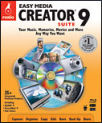



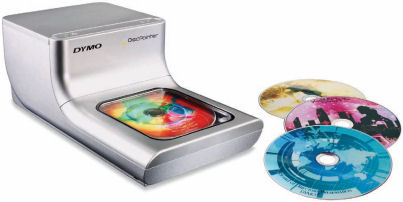
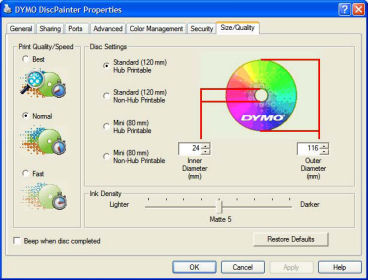 Use the printer properties dialog to set the print quality, print area on the disc, and the ink density (matte to glossy to colored discs).
Use the printer properties dialog to set the print quality, print area on the disc, and the ink density (matte to glossy to colored discs). The
The 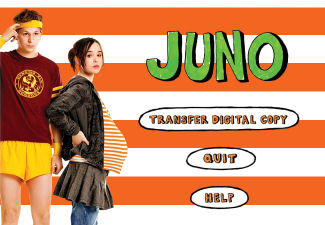 The studios do understand this, and so, for example, Fox has been experimenting with an ongoing effort to provide digital files of movies along with its Blu-ray discs, what it calls
The studios do understand this, and so, for example, Fox has been experimenting with an ongoing effort to provide digital files of movies along with its Blu-ray discs, what it calls 
 The solution is to use what Verbatim calls "Self-Recordable Media" -- the recordable DVD that you use for burning your files also contains a small pre-recorded section with the backup software installed on it.
The solution is to use what Verbatim calls "Self-Recordable Media" -- the recordable DVD that you use for burning your files also contains a small pre-recorded section with the backup software installed on it.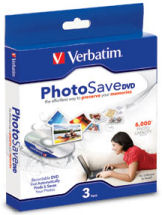 This idea is now available as the
This idea is now available as the 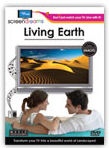 For example, the Living Earth disc cycles through a two-hour slide show of 42 outdoor nature scenes, at three user-settable speeds.
For example, the Living Earth disc cycles through a two-hour slide show of 42 outdoor nature scenes, at three user-settable speeds.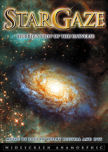 The StarGaze discs (Visions of the Universe) feature images from the Hubble Space Telescope, plus the option to jump to more information about the current celestial object on the screen. ($21.99)
The StarGaze discs (Visions of the Universe) feature images from the Hubble Space Telescope, plus the option to jump to more information about the current celestial object on the screen. ($21.99) Beyond background video and music, and widescreen but standard-defintion DVD, the 11-part
Beyond background video and music, and widescreen but standard-defintion DVD, the 11-part 
 The core problem, of course, is that there's no margin in the industry to sell battle-hardened discs to the mass market.
The core problem, of course, is that there's no margin in the industry to sell battle-hardened discs to the mass market. 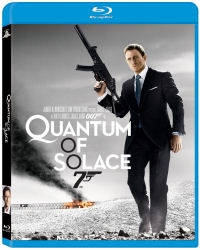 More James Bond (see
More James Bond (see  In September 2008, RealNetworks released
In September 2008, RealNetworks released  RealNetworks positioned RealDVD as providing consumers with "more value and flexibility for their [DVD] purchases." And it attempted to protect the interests of the movie industry by using encryption to restrict further sharing of the copies -- much like the Digital Copy versions of movies distributed with some studio DVDs that can be played on PCs or Macs, and downloaded to iPods and other portable players (see
RealNetworks positioned RealDVD as providing consumers with "more value and flexibility for their [DVD] purchases." And it attempted to protect the interests of the movie industry by using encryption to restrict further sharing of the copies -- much like the Digital Copy versions of movies distributed with some studio DVDs that can be played on PCs or Macs, and downloaded to iPods and other portable players (see